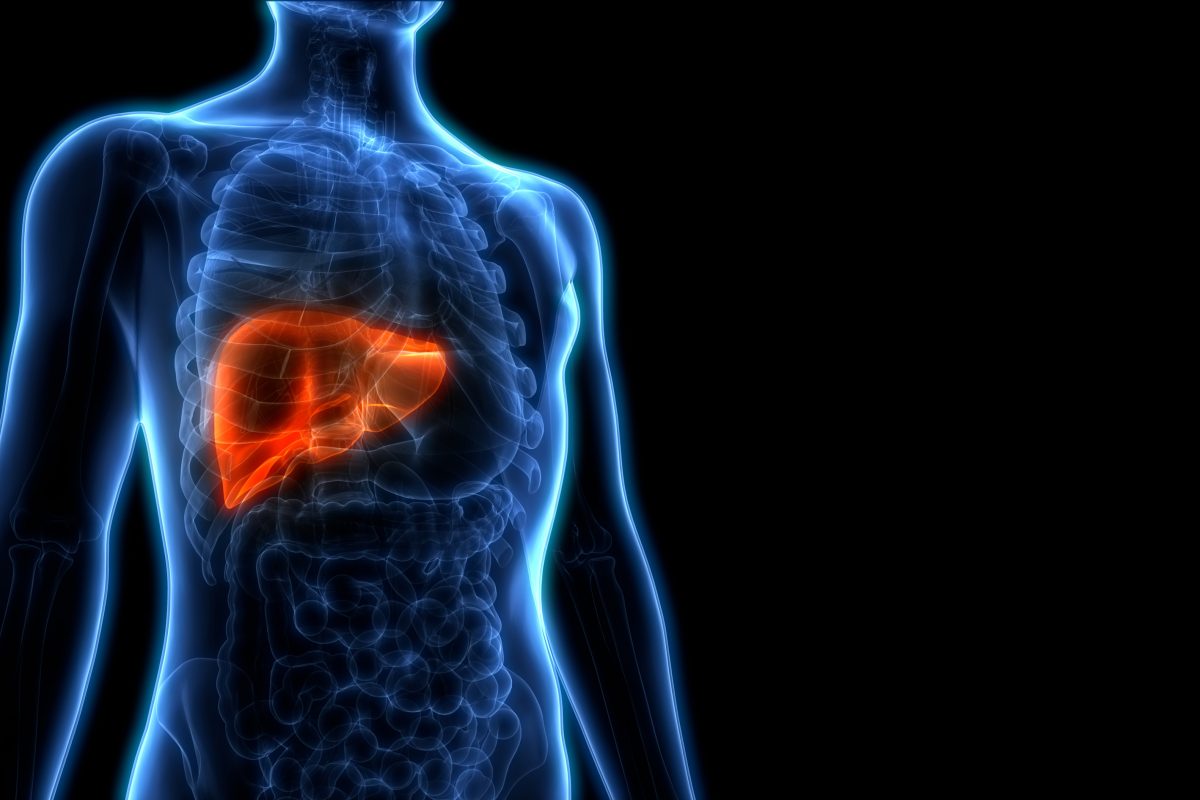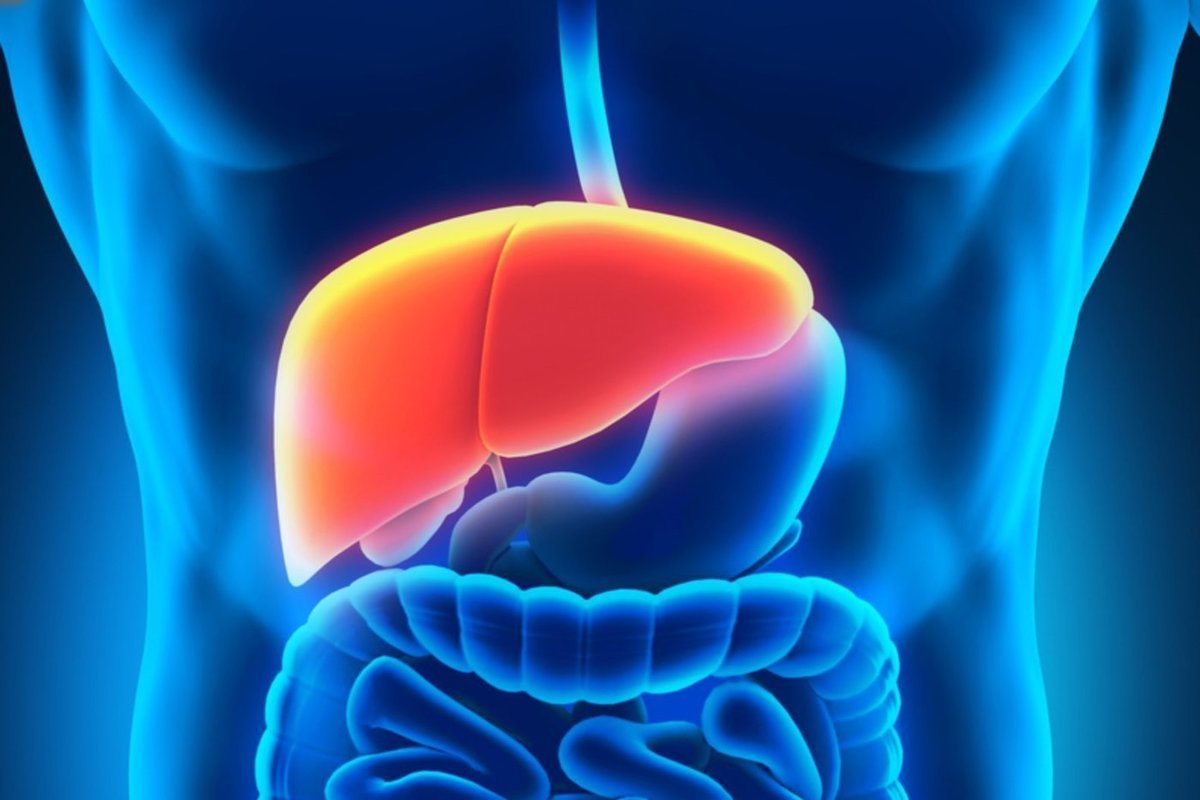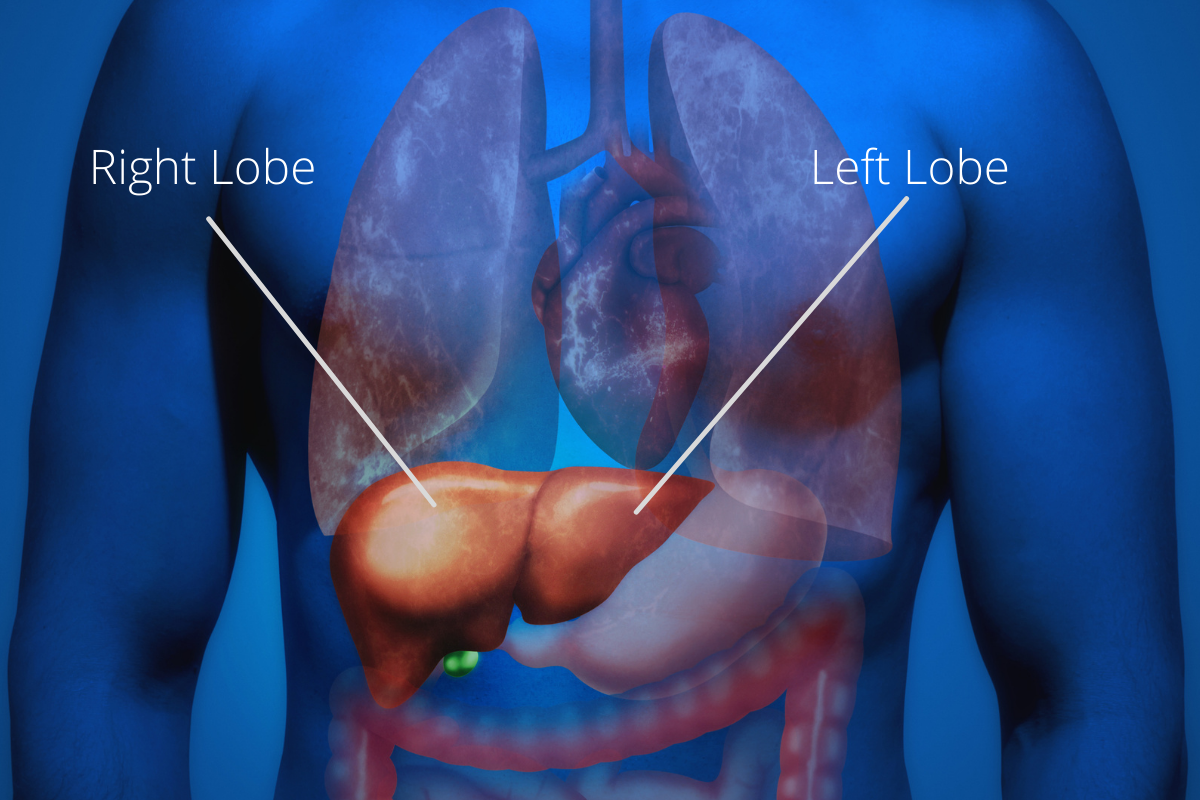Last Updated on October 20, 2025 by
The liver is a vital organ that does many important things, such as cleaning toxins from the blood and producing proteins for blood plasma. It helps digest fats by producing bile and regulates blood clotting through vitamin K absorption. Additionally, the liver stores essential vitamins and minerals and can even grow back after being partially removed, thanks to its remarkable ability to heal. Understanding what does the liver do highlights its critical role in maintaining overall health and metabolic balance.
The liver’s ability to regenerate is really interesting. It’s key to our health, and its healing process is complex. Scientists have found special ways liver cells can fix damaged areas, as shown by the National Institutes of Health.
The liver’s healing power comes from special cells in zone 2. These cells help keep the liver healthy and fix it when it’s hurt. They grow to replace old or damaged cells.
The liver is in the upper right abdomen and is vital. It’s the largest internal organ and key to our health. Knowing about the liver’s anatomy helps us see its amazing ability to heal.
The liver sits in the upper right of the belly, just under the diaphragm. It’s a dark red, wedge-shaped organ that weighs about 3 pounds in adults. So, what side is your liver on? It’s on the right side, safe under the rib cage. Its spot is perfect for getting blood from the hepatic artery and the portal vein. This helps it filter and process nutrients and toxins well.
The liver has four lobes: right, left, caudate, and quadrate. The hepatic lobules are its working parts. They have hepatocytes, Kupffer cells, and more. These cells work together to do the liver’s jobs.
The liver’s design helps it with metabolism, detox, and making proteins. When we think about what side is the liver on, we see its strategic spot for health.
Knowing the liver’s basic anatomy is key to understanding its healing power. Its ability to grow back is tied to its structure and our health. So, the question of where are livers is about more than just where they are. It’s about their vital role in our bodies.
The liver is a vital organ that performs many critical functions. It plays a key role in metabolism, detoxification, and making essential proteins.
The liver is essential for metabolic processes. It breaks down and builds nutrients. It handles carbohydrates, proteins, and fats, giving our body the energy and parts it needs for growth and repair.
It also stores glycogen, a complex carbohydrate. This is important for keeping blood sugar levels healthy.
Detoxification is another key role of the liver. It removes toxins and waste from our body. This is done through enzymes and cellular processes.
This detoxification is vital for protecting us from harmful toxins. We are exposed to these toxins through pollutants, some medications, and our body’s own byproducts.
The liver also stores vitamins and minerals and produces essential proteins. These proteins are important for keeping blood volume right and stopping bleeding when we’re injured.
The liver’s ability to grow back is amazing. It can return to its normal size even after big parts are removed or damaged. We’ll look at how this works and why the liver is special compared to other organs.
People have known about the liver’s regrowth for a long time. Ancient stories, like the Greek myth of Prometheus, show its power. Scientists have always been curious about how the liver can do this.
Research has shown the liver can heal from many injuries. This includes when parts of it are surgically removed. Many different cells in the liver work together to make this happen. Knowing about the liver’s history and science helps us understand its amazing ability.
The liver can heal in ways that other important organs can’t. While some organs can’t fix themselves, the liver can. It can even grow back to its full size after losing up to 90% of its mass. This makes the liver very special.
When people ask “how many livers do humans have,” the answer is one. But the liver can grow back in a way. This doesn’t mean we can live without a liver. The liver is vital, and losing it is not safe without a transplant.

Knowing how the liver regenerates is very important for doctors. It gives hope to patients who need liver surgery. It also shows us how much more we need to learn about this amazing process.
The human body can survive with some liver loss. But what about losing the whole liver? The liver is vital for many important functions. It’s key for our survival. Yet, some people can live with less liver or with help from artificial systems.
Liver loss can be either complete or partial. Complete liver loss means losing the whole liver, which is hard to survive without medical help. Partial liver loss is when part of the liver is removed or damaged. The liver can often heal itself.
People with partial liver loss have different outcomes. It depends on how much liver is lost and the liver’s health. The liver’s ability to heal itself is key to recovery.
When liver failure is severe, artificial liver support systems are vital. These systems help with detoxification until the liver heals or a transplant is done.
There are many types of artificial liver systems. Some use living cells, while others mimic liver functions. These systems are not a permanent fix but can save lives in emergencies.
It’s important to understand the liver’s role and the options for liver loss or failure. While losing the liver is serious, medical progress offers hope. There are treatments and technologies to help those with liver issues.
Liver regeneration is a complex process. It involves many cellular mechanisms working together. This is key to understanding how the liver can heal itself after injury or surgery.

The liver’s ability to regenerate depends on hepatocytes, the liver’s main cells. Hepatocytes handle important tasks like detoxification and protein synthesis. They also make biochemicals needed for digestion.
The liver’s regeneration is a complex process. It involves different cell types, growth factors, and cytokines. Cytokines are important for starting and keeping the regeneration going by helping hepatocytes grow.
The timeline of hepatocyte proliferation is key to liver regeneration. After liver injury or partial hepatectomy, hepatocytes start growing quickly.
Understanding liver regeneration and the signs your liver is healing is important. It shows the liver’s amazing ability to recover. The liver’s capacity to regenerate is a sign of its incredible resilience and adaptability.
Partial hepatectomy is a surgery that removes part of the liver. It’s used for liver cancer, benign tumors, and other diseases. Knowing what the liver does helps us see why this surgery is important.
Liver resection is done for many reasons. It’s mainly for tumors, both cancerous and benign. Liver cancer is a big reason for this surgery. Other reasons include:
Before surgery, patients get checked to see how much of their liver is affected. This helps decide if surgery is possible.
The way surgeons do partial hepatectomy has changed. They aim to reduce blood loss and keep liver function high. They look at the patient’s health, the disease’s size and location, and liver function.
Minimally invasive techniques, like laparoscopic or robotic surgery, are becoming more common. They help with less pain and faster recovery. But, the choice depends on the case’s complexity and the surgeon’s skill.

The liver’s role in metabolism, detoxification, and protein production is key. This shows why keeping liver function during and after surgery is vital. The liver’s ability to grow back is a big reason for the surgery’s success. It helps patients regain liver function over time.
When a part of the liver is removed, the body starts a healing process. This process takes time, several months, and involves many changes.
Right after liver injury or surgery, the body sends out growth factors and cytokines. These signals tell the liver cells to grow. This quick action is key to starting the healing process.
In the first few days after surgery, the liver grows fast. Blood tests show liver enzymes go up. The body’s natural healing and the liver’s ability to heal drive this early stage.
The liver usually gets back to its original size in about three months. It not only grows back but also starts working like before. Most of the time, the liver can get back up to 80% of its original function.
Many things can affect how fast and well the liver heals. These include the patient’s health, age, and any liver problems they might have. Knowing these factors helps doctors and patients plan better care after surgery.
As the liver heals, you might notice some signs. These include:
Watching for these signs and going to follow-up doctor visits can show that the liver is healing. It’s important for patients to follow their doctor’s instructions to help the liver heal.
The liver’s ability to heal itself is a complex process. It involves many factors like blood flow, cell activity, and molecular signals. This balance is key to keeping the liver working right.
Portal blood flow is very important for liver healing. The liver gets most of its blood from the portal vein. This blood comes from the stomach and intestines and is full of nutrients.
When portal blood flow changes, the liver knows it’s time to start healing. For example, more blood flow can make liver cells grow and multiply. This is a big part of how the liver regenerates itself.
Research shows that changes in portal blood flow can really affect how well the liver can heal. Portal blood flow regulation is a key factor in the liver’s healing power.
Cytokines are important for starting and keeping the healing process going. They help liver cells grow and stay alive. Cytokines like TNF-alpha and IL-6 are key players in this process.
The way cytokines work together is complex. It’s like a well-coordinated orchestra. Knowing how they work can help us find new ways to help the liver heal faster.
Metabolic regulators, like glutamate, are essential for liver healing. Glutamate helps make glutathione, a powerful antioxidant. This antioxidant protects liver cells from damage.
Glutamate and other nutrients are important for liver healing. Eating the right foods can help the liver recover and stay healthy.
In summary, liver regeneration is a complex process. It involves many factors like blood flow, cytokines, and nutrients like glutamate. Understanding these factors helps us see how amazing the liver’s healing power is.
Liver regeneration varies from person to person. It’s influenced by many factors specific to each individual. The liver’s ability to heal itself can differ greatly among people.
Studies show that women tend to have better liver regeneration than men. Hormones, like estrogen, might help women’s livers heal faster.
“The liver’s regenerative capacity is influenced by a complex interplay of hormonal and cellular factors,” notes a study on liver regeneration. This complexity highlights the need for personalized care in liver health.
Age and health also play big roles in liver regeneration. Older people or those with health issues might find it harder for their livers to heal.
Knowing these factors helps doctors manage patient hopes and plan better treatments. This is true for those having liver surgery or dealing with liver damage.
As we learn more about liver regeneration, it’s clear we need a detailed approach. Recognizing and addressing these differences helps doctors give better care. This way, they can tailor treatments to meet each person’s needs.
The liver’s ability to heal itself is a complex process. It has big implications for our understanding of liver health and disease. As we learn more about liver regeneration, we’re getting insights into how the liver can recover after injury or surgery.
Studies show the liver can grow back through cell growth. This starts quickly after major liver surgery. Changes in blood flow and the use of certain proteins and growth factors play a role. This knowledge is being used in new treatments, like special liver surgeries.
Our growing knowledge of liver regeneration is leading to new treatments. This includes using stem cells and creating artificial liver tissue. Living donor liver transplants are also a result of this research. For more information, check out studies in medical journals.
As we learn more, hospitals can offer better care. The answer to whether the liver can heal itself is yes. This knowledge is helping us find new ways to help patients.
Your liver is in the upper right part of your belly.
Yes, you can live without a liver. This is because the liver can partially regenerate or use artificial support systems.
Your liver does many important things. It helps with metabolism, detoxifies your body, and makes proteins you need.
Yes, the liver can grow back after being removed. This usually happens in about 3 months.
Humans have just one liver. It’s split into parts and has a complex design.
Signs of liver healing include better liver function and less inflammation. Liver enzymes also return to normal.
No, you can’t live without a liver. But, artificial systems can help if your liver fails.
Livers are in the upper right part of your belly.
No, you can’t survive without a liver. But, you might be able to with partial loss or artificial support.
Yes, the liver can grow back. It uses special cells and processes to do this.Reference
Craig, A. J., von Felden, J., Garcia-Lezana, T., Sarcognato, S., & Villanueva, A. (2020). Tumor evolution in hepatocellular carcinoma and precision medicine. Nature Reviews Gastroenterology & Hepatology, 17(3), 139-152. https://www.ncbi.nlm.nih.gov/pmc/articles/PMC7072207/
Subscribe to our e-newsletter to stay informed about the latest innovations in the world of health and exclusive offers!